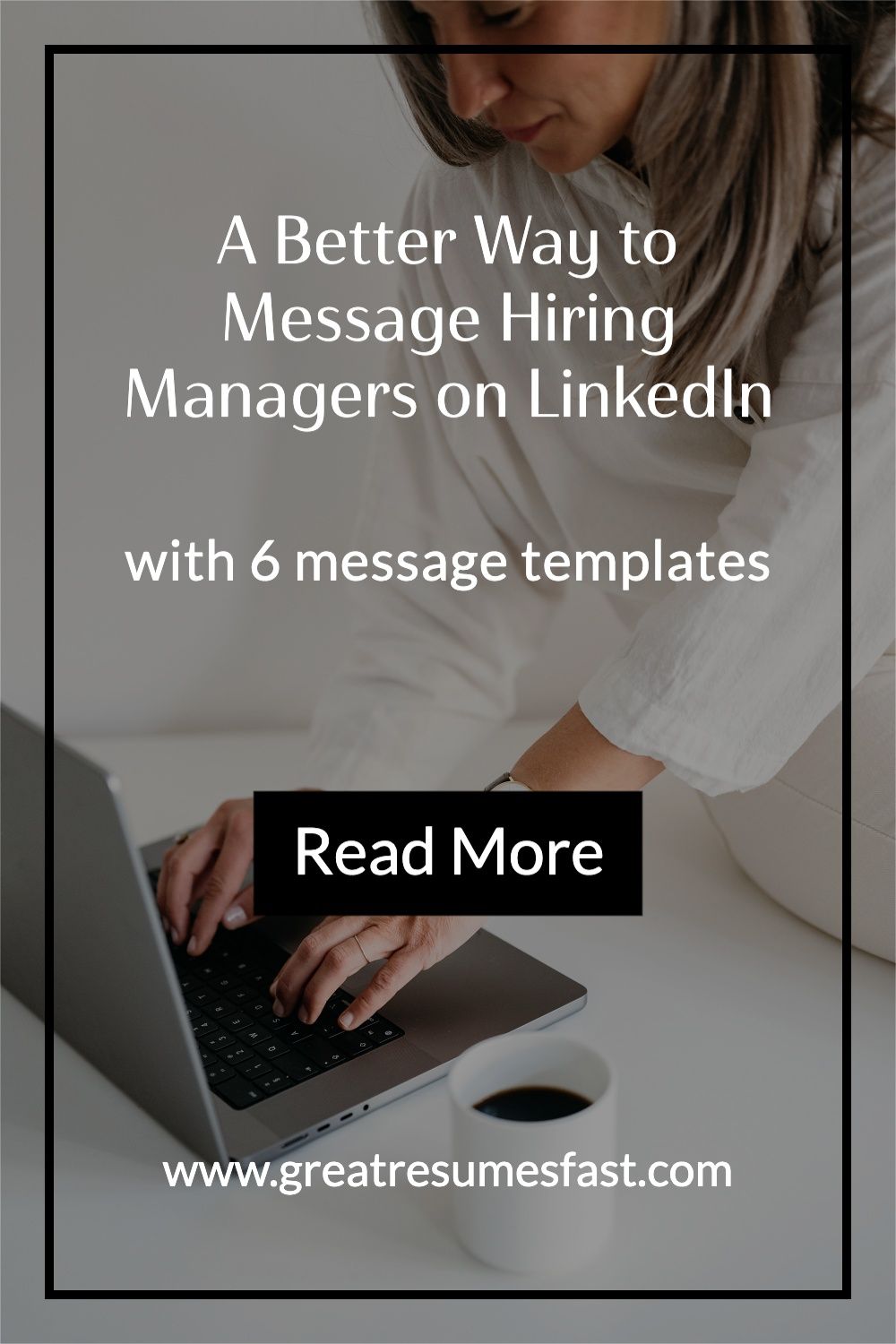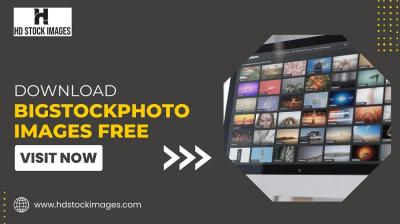LinkedIn is more than just a digital resume; it’s a vibrant professional community. When reaching out about job opportunities, understanding this environment can make all the difference. Let’s dive into what makes LinkedIn unique and how to effectively connect with the right people.
Understanding LinkedIn's Professional Environment

LinkedIn is designed for professionals to connect, share, and grow. Unlike other social media platforms, its focus is on career advancement and networking. Here’s what you need to keep in mind:
- Professional Tone: While it’s okay to be friendly, always maintain a professional demeanor. Use complete sentences, avoid slang, and make sure your message reflects that you value their time.
- Networking Value: Remember, LinkedIn thrives on connections. Your message should not just be about you; it should reflect mutual benefits. For instance, mention how you admire their work or how your skills align with their team’s goals.
- Profile Optimization: Before reaching out, ensure your own profile is polished. A professional photo, a well-crafted summary, and relevant skills can make a significant difference in how your outreach is perceived.
- Engagement is Key: Engage with your contacts’ posts before messaging them. A comment on a recent achievement can break the ice and show your genuine interest in their work.
By understanding these aspects, your approach will come off as thoughtful and respectful, making your outreach more effective.
Also Read This: How to Write a Message to a Recruiter on LinkedIn: A Simple Guide
Researching the Right Contacts

Before you message anyone on LinkedIn, it’s crucial to do your homework. Not all connections will be appropriate for your inquiry about job opportunities. Here’s how to find the right contacts:
- Identify Your Target Companies: Start by making a list of companies you’re interested in. This will help you narrow down your search to individuals who are already part of those organizations.
- Use LinkedIn's Search Tools: Utilize LinkedIn’s advanced search features to find people in those companies. You can filter by job title, location, and even shared connections, which can increase your chances of getting noticed.
- Look for Hiring Managers: Focus on reaching out to hiring managers or team leads within your field. These individuals are typically more aware of upcoming job openings and can offer valuable insights. For example, if you’re looking for a marketing role, try to connect with the marketing director or HR personnel.
- Check Recent Activity: Take a moment to review the contact’s recent posts or articles. Engaging with their content can serve as a great conversation starter and demonstrate your interest in their work.
- Mutual Connections: If you have mutual connections, consider asking for an introduction. A warm introduction can increase your credibility and the likelihood of a positive response.
By putting in the effort to research and select the right contacts, you’ll not only increase your chances of getting a response but also build a more meaningful professional relationship.
Also Read This: How to Add LinkedIn to Your Outlook Account
3. Crafting a Compelling Message
When it comes to reaching out on LinkedIn about job opportunities, the key lies in crafting a message that stands out. You want to grab their attention and make a positive impression right from the start. Here are a few strategies to help you create a compelling message:
- Personalize Your Greeting: Always start with the person's name. A simple "Hi [Name]," shows that you’re not sending a generic message.
- Introduce Yourself Briefly: Mention who you are and why you’re reaching out. For example, "I’m a marketing professional with over five years of experience in digital strategy." This gives context to your message.
- State Your Purpose Clearly: Be upfront about why you’re contacting them. Something like, "I noticed your company is hiring for a Product Manager, and I’m very interested in this opportunity" makes your intentions clear.
- Highlight Your Value: Briefly mention what you bring to the table. For instance, “I've successfully led teams in launching new products that increased revenue by 30% last year.” This makes it easy for them to see your potential fit.
- End with a Call to Action: Encourage them to respond by asking a relevant question, like "Would it be possible for us to chat about this role?" This invites engagement.
Here’s an example message:
Hi Sarah,
I hope you’re doing well! I’m a marketing professional with over five years of experience in digital strategy. I came across your post about the Product Manager position at XYZ Corp, and I’m very interested in this opportunity. I’ve successfully led teams in launching new products that increased revenue by 30% last year.
Would it be possible for us to chat about this role? Thank you!
Best,
John
Remember, the goal is to sound friendly yet professional. Tailor your message to reflect your personality while keeping it concise and focused on your objectives.
Also Read This: Does LinkedIn Premium Really Help You Land a Job? Insights from Reddit
4. Best Practices for Follow-Up Messages
After your initial outreach, it’s essential to follow up. Many people get busy, and your message might slip through the cracks. But how do you effectively follow up without coming across as pushy? Here are some best practices:
- Wait a Reasonable Time: Give it about a week before sending a follow-up message. This shows respect for their time.
- Keep It Short: Your follow-up should be brief. A simple, "Hi [Name], I wanted to follow up on my last message regarding the Product Manager position. I’m very enthusiastic about the opportunity!" works wonders.
- Reiterate Your Interest: Remind them why you’re interested in the role and how you can contribute. For instance, “I believe my skills in digital marketing can greatly benefit your team.”
- Be Polite: Always express appreciation for their time. A little gratitude goes a long way. For example, “Thank you for considering my application!”
- Offer Flexibility: If you’re asking for a meeting, make it easy for them to say yes. Suggest a couple of time slots or ask if there's a convenient time for them.
Here’s an example of a follow-up message:
Hi Sarah,
I hope you’re well! I wanted to follow up on my last message regarding the Product Manager position. I’m very enthusiastic about the opportunity and believe my skills in digital marketing can greatly benefit your team.
Thank you for considering my application! If you have a moment, I’d love to chat further about this role. Are you available for a quick call this week?
Best,
John
By following these best practices, you can maintain professionalism while also demonstrating your genuine interest in the position. Good luck!
Also Read This: How to Turn On Private Mode on LinkedIn for Discreet Browsing
5. Common Mistakes to Avoid When Messaging
When reaching out to someone on LinkedIn about job opportunities, there are several common pitfalls you’ll want to avoid to increase your chances of a positive response. Here are some mistakes that can derail your efforts:
- Generic Messages: Sending a one-size-fits-all message is a surefire way to get ignored. Personalize your message by mentioning something specific about the person’s background or the company.
- Too Much Information: While it’s important to provide context, overloading your message with details can be overwhelming. Keep your initial outreach concise and focused.
- Lack of Clarity: Be clear about why you’re reaching out. If you’re interested in a specific role or seeking advice, state that upfront to avoid confusion.
- Being Too Pushy: It’s great to express your interest, but coming off as desperate can be off-putting. Let them know you appreciate their time and insights without demanding a response.
- Failing to Proofread: Spelling and grammatical errors can undermine your professionalism. Take a moment to review your message before hitting send.
Avoiding these common mistakes can significantly enhance your chances of making a solid impression. Remember, the goal is to build a connection, so focus on creating a message that is both engaging and respectful.
6. Success Stories: Real-Life Examples of Effective Messaging
Sometimes the best way to learn is through real-life examples. Here are a few success stories that highlight how effective messaging on LinkedIn can lead to fruitful job opportunities:
Example 1: The Personalized Approach
Jane, a marketing professional, wanted to connect with a hiring manager at a tech company she admired. Instead of sending a generic request, she mentioned a recent project the manager led that caught her attention. Her message read:
“Hi [Manager’s Name], I recently read about your campaign for [Specific Project]. I found it innovative, especially the way you utilized social media. I’d love to connect and learn more about marketing opportunities at [Company].”
Result: Jane received a response within a day, which led to an informational interview and later, a job offer!
Example 2: Seeking Guidance
Mark, a recent graduate, reached out to a professional in his desired field, sharing his admiration for their career path. He asked for advice rather than directly asking for a job. His message included:
“Hi [Professional’s Name], I admire your journey in [Industry]. As a recent grad looking to break into this field, I’d appreciate any insights you could share about getting started.”
Result: The professional offered to chat over coffee, which led to a valuable mentorship relationship and several job leads.
Example 3: Following Up
David had initially reached out to a recruiter but didn’t receive a response. Instead of giving up, he followed up politely after a week with a simple note:
“Hi [Recruiter’s Name], I wanted to follow up on my previous message. I’m very interested in opportunities at [Company] and would appreciate any updates you might have.”
Result: This gentle nudge reminded the recruiter of his interest, leading to a phone interview and ultimately, a job offer.
These examples show that thoughtful, personalized messaging can open doors. By learning from others’ successes, you can craft your approach to maximize your chances of securing that job opportunity!
 admin
admin








